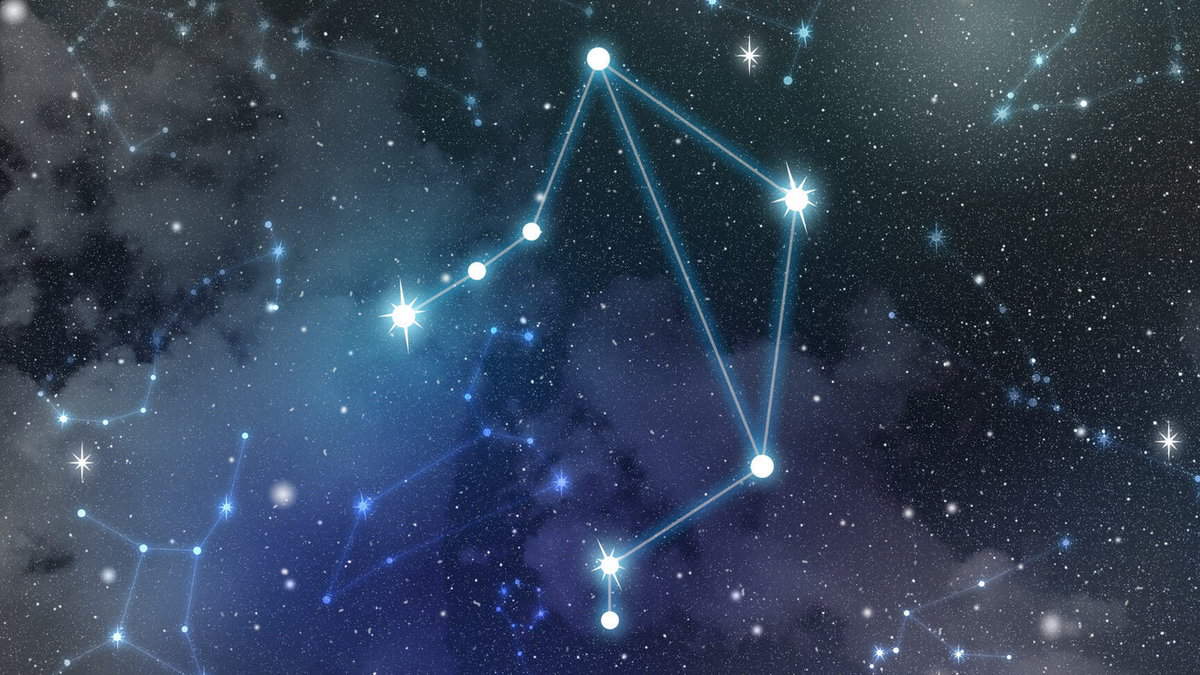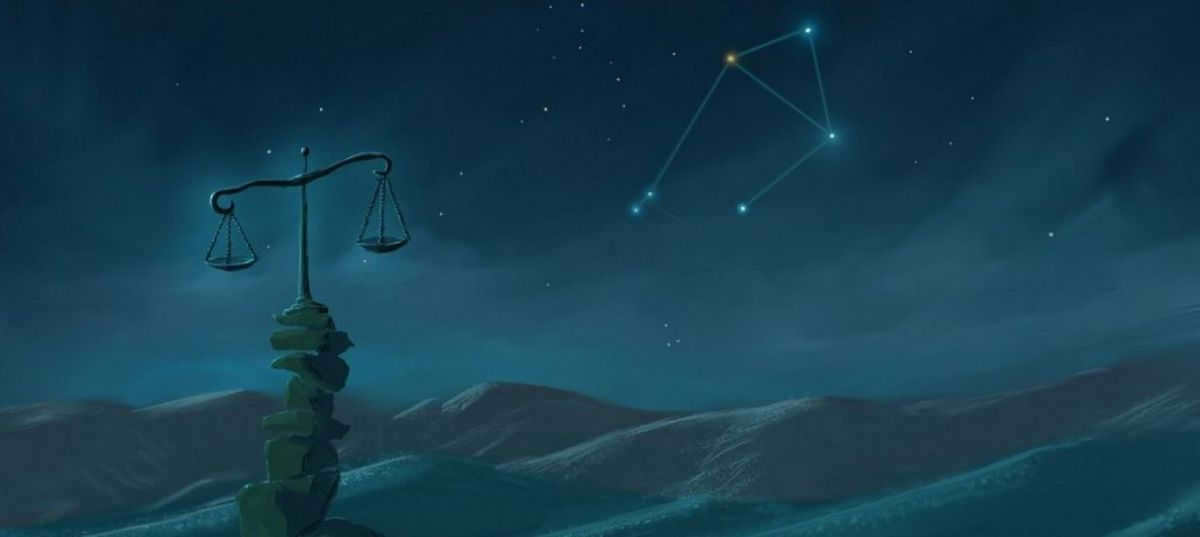
Libra is a section of the celestial sphere that is included in the zodiacal constellations. Unlike the other constellations in the zodiac, Libra does not represent a living creature. It covers a significant area of 538 square degrees and is surrounded by Virgo, Scorpio, Hydra, Serpentor, and other constellations.
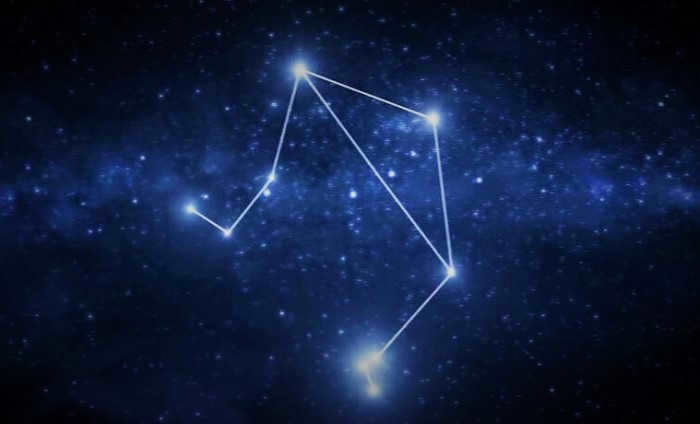
Legends and Stories
In ancient Greek mythology, the constellation Libra is closely associated with the goddess of justice, Dike, also known as Astrea. Dike is the daughter of Zeus, the powerful god of thunder, and Themis, a titanid who represents justice. She is often depicted wearing a blindfold, symbolizing her impartiality towards all who come before her. If Dike came across a crime, she would report it to Zeus, who would then take on the responsibility of punishing the guilty. The scales held by the goddess represent the maintenance of order and balance. To ensure that people would not forget the importance of justice, Zeus placed Dike and her scales in the sky, serving as a reminder that justice applies to everyone.
In ancient Roman mythology, the equivalent of Dica was the goddess of justice Justitia, who was also portrayed holding scales in her hand, but with her eyes wide open. Nevertheless, in nearly every tale, this constellation represented justice, harmony, and equilibrium.

Did you know?
- The Libra constellation consists of 83 stars, with only 6 of them being brighter than the fourth magnitude, making it not entirely visible.
- Originally, Libra was a part of the Scorpius constellation, representing its claws. It was later mentioned as an asterism in some sources, and only became its own constellation after the start of the Common Era.
- The reason why Libra is the only “inanimate” constellation in the zodiac circle remains unknown. It is likely because it was not recognized as an independent constellation for a long time.
Despite not being the most luminous star in its constellation, Alpha Libra holds second place. It is comprised of a binary system, consisting of a massive blue star and its companion. The star bears two names, the first being Zuben el Genubi, which translates to “southern claw”. This name dates back to a time when Alpha Libra was a part of the Scorpius constellation, yet it continues to be used today. The second name, Kiffa Australis, signifies “southern bowl”, referring to the bowl-shaped scales.
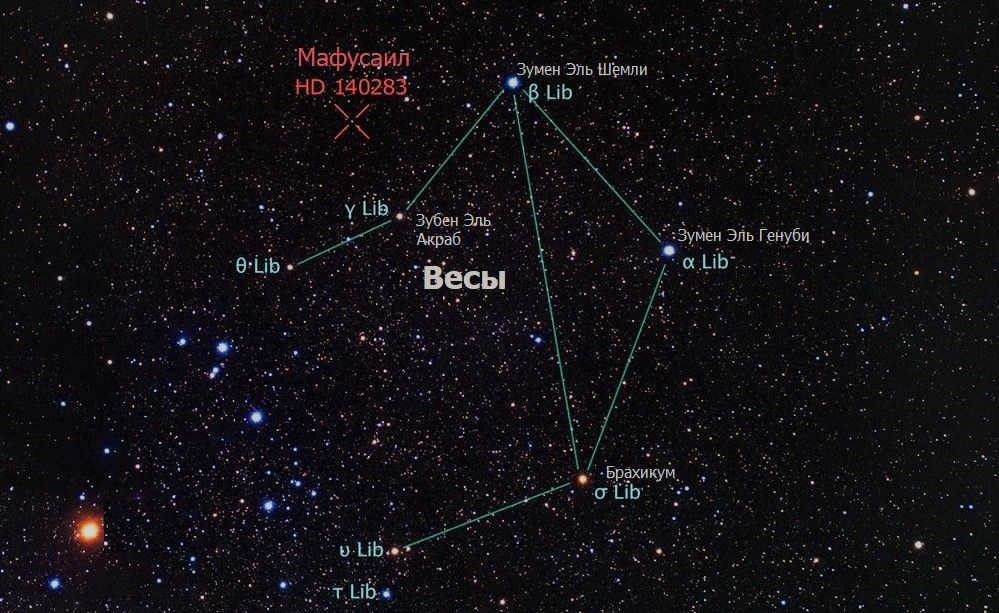
Beta Libra is the most luminous star in the constellation. Similar to Alpha, it is known by two names, which translate to “northern claw” and “northern bowl”: Zuben el Shemali and Kiffa Borealis. When observed with the naked eye, this blue-white star gives the impression of having a green tint.
Several stars in the Libra constellation have multiple names. For instance, Sigma is referred to as Brachium, Cornu, and Zuben-Hakrabi.
However, Ipsilon in Libra is a star that hasn’t been bestowed with a distinct name. It is designated as HD 139063 and is an orange giant that is over three billion years old.
The Tau of Libra lacks an individual name, and instead shares one with the Alphas. She goes by the name Derakrab Australis, which is derived from Arabic and means “southern claw”.
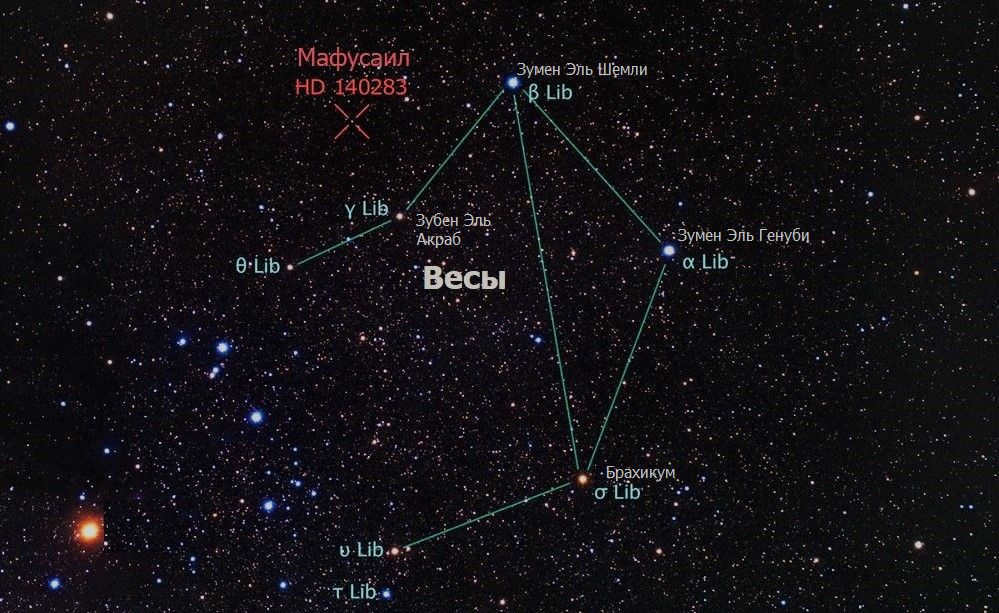
Zuben el Aqrab is the name of the Gamma star in the Libra constellation. This star, like others in Libra, is associated with the word “claw” which is related to Scorpius. It is uncertain whether Gamma is a binary or even a triple star, as different researchers have conflicting opinions on this matter.
Additional items
Libra possesses 83 stars and lacks any item listed in Messier’s catalog. However, disregarding that fact, there exist several fascinating objects in this constellation. One such example is the May Lybrids, an entire assemblage of meteor streams. Moreover, the Libra constellation accommodates spiral and lenticular galaxies, as well as a single globular star cluster.
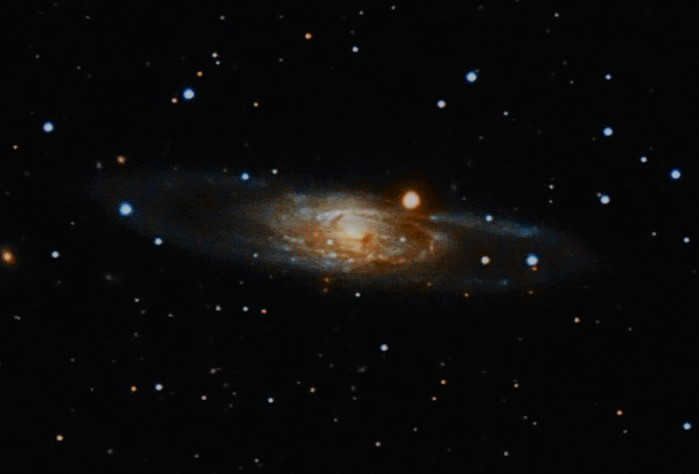
Noticing
Libra can be easily spotted in the sky. This cluster of stars is most prominent in the southern region of the Russian Federation and certain parts of its central area during the months of April to May. To observe Libra, one should be positioned between latitudes of +61 to -90 degrees. It is important to note that from October 31st to November 22nd, the constellation is not visible due to the Sun’s presence.

The constellation Libra is located in the sky between Scorpio and Virgo, making it a part of the zodiacal circle. It is also neighbors with the Wolf, Hydra, Serpent, Centaurus, and the head of the Serpent.
It is worth mentioning that the constellation has good visibility and is the 29th largest constellation, occupying 538 square degrees in the Southern Hemisphere.
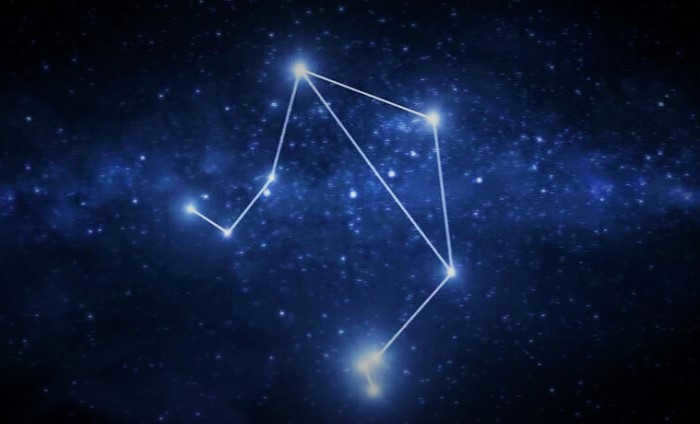
The legend of the Libra constellation
In ancient Greece, the constellation of Libra was associated with the daughter of Zeus and Themis. She played a crucial role in maintaining law and order, aiding her mother in this task. To ensure fairness and impartiality, Dica wore a blindfold, allowing her to objectively observe the actions of mortals. If Dike discovered any form of deceit or injustice, she promptly informed her father, who would then deliver the appropriate punishment. Through this system, a state of balance and order was upheld.

In order to maintain people’s awareness of divine judgment, Zeus decided to place his daughter and her scales in the sky. This resulted in the creation of the Libra constellation.
For instance, during the time of the Roman Empire, Libra was associated with Astrea. According to their mythology, she was the goddess of justice.
The stars within the Libra constellation symbolize concepts such as justice, law, and order.
As it has been established, there are 83 stars that are visible in the constellation. However, only 6 of these stars have a stellar magnitude that is greater than 4 degrees.
In the past, the stars that belonged to Libra were originally considered to be a part of Scorpius. It was only later on that they were grouped together as a separate section. However, it was often referred to as “the claws” because this area formed a similar shape to a part of Scorpio.
At one point in time, Libra was considered to be an asterism.
It is likely that the constellation was named after an inanimate object because it appeared later in astronomy compared to others. This is the only constellation of the Zodiac that has a non-living name.
By the way, in astronomy it is also known by its Latin name – Libra.
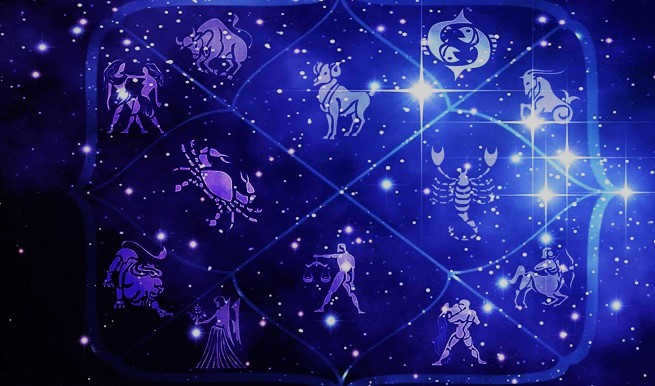
Main stars
The bright stars in this area create a rectangular shape, which serves as the foundation for the Libra constellation.
The first star is a binary star known as Zuben el Genoubi. The second star is called Zuben el Shemali. Interestingly, these primary stars are also referred to as the Southern and Northern Claws.
Gamma is referred to as Zuben el Aqrab,
Ipsilon and Theta Libra are both orange giants.
The star Brachicum is Sigma. Additionally, this star is a pulsating object. Lastly, this red giant represents the hand.
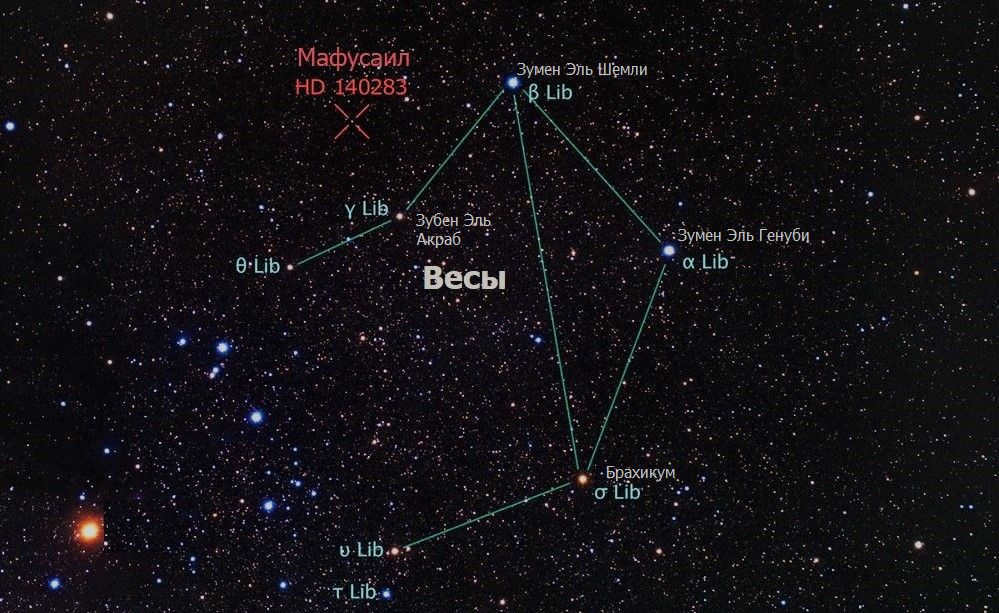
On the other hand, Tau and Delta are both categorized as dwarfs. They both possess a blue-white hue.
Iota is a binary star system consisting of a subgiant and a dwarf star.
In addition to these, the Libra constellation contains several other stars including Gliese 570 and 581, 48, 23, and HD 141937.
The oldest star in the world, known as Methuselah (HD 140283), can be found within the Libra constellation.
However, there are no stars in the area that exceed first magnitude in terms of brightness.
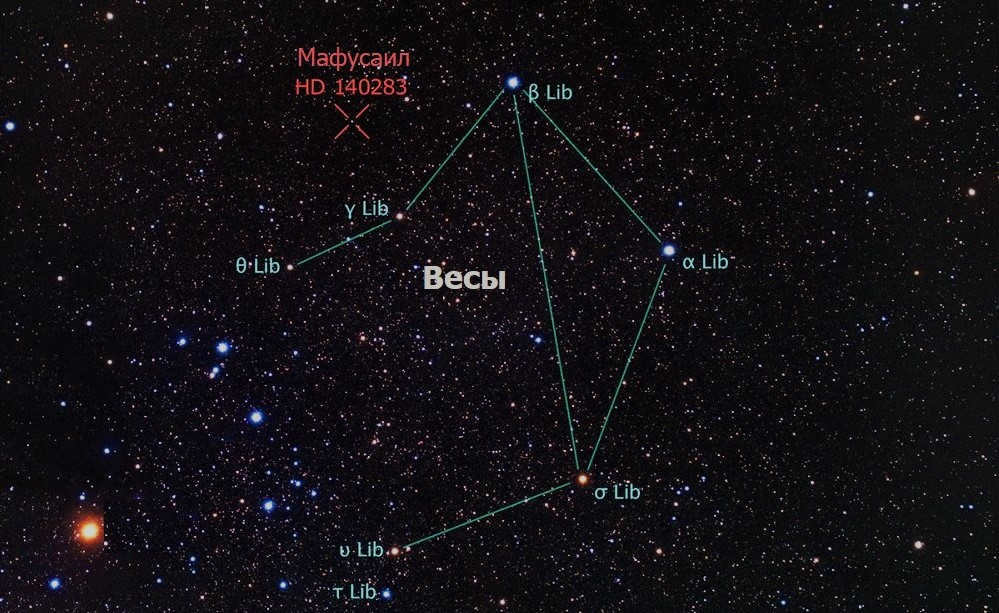
Celestial objects
Despite having numerous stars, the constellation does not contain any objects from Messier’s catalog. However, this doesn’t mean there aren’t any intriguing elements present.
For instance, Libra is home to a meteor shower known as the May Lybrids. In reality, it encompasses an entire complex of meteor streams.
Astronomers have also made discoveries of spiral galaxies: NGC 5792 and 5885. Additionally, there is NGC 5890, which is lens-shaped and possesses a lintel in its structure.
Furthermore, scientists have come across a rather sizable globular cluster, NGC 5897. It has a magnitude of 9.
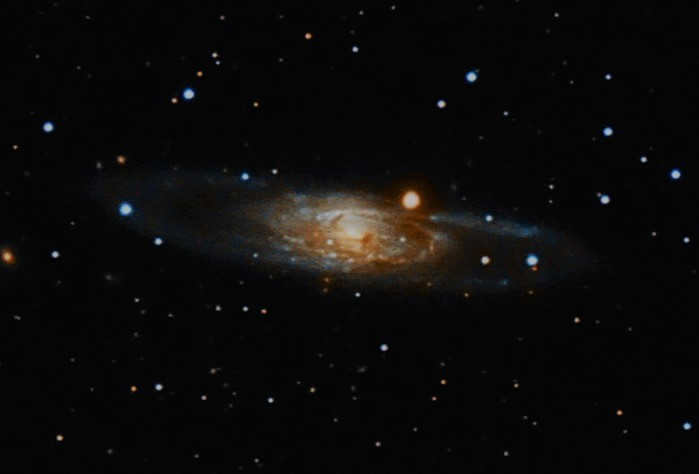
Discovering the Beauty of the Libra Constellation
Undoubtedly, the Libra constellation is a prominent feature in the night sky. It offers a captivating sight, particularly in the southern latitudes and central regions of Russia.
Experienced astronomers recommend observing this constellation between April and the end of May, as it is during this period that the most fascinating celestial objects of Libra become visible. Additionally, it is worth noting that the Sun appears to pass through this constellation from October 31 to November 22.
Libra, which originates from the Latin word for “scales,” is found in the southern region of the sky. It is classified as one of the zodiac constellations, comprising the twelve traditional astrological signs.
Most commonly, it is depicted as a balance held by the goddess of justice Dike (Astrea), who is represented by Virgo. This is an intriguing topic because Libra is the only zodiac sign that portrays an object rather than a living being. The brightest stars form a quadrilateral: Alpha and Beta of Libra serve as the balanced straight line, while Gamma and Sigma make up Libra itself.
The constellation Libra contains the oldest star in the universe, HD 140283 (Methuselah). There is no star larger than the first magnitude.
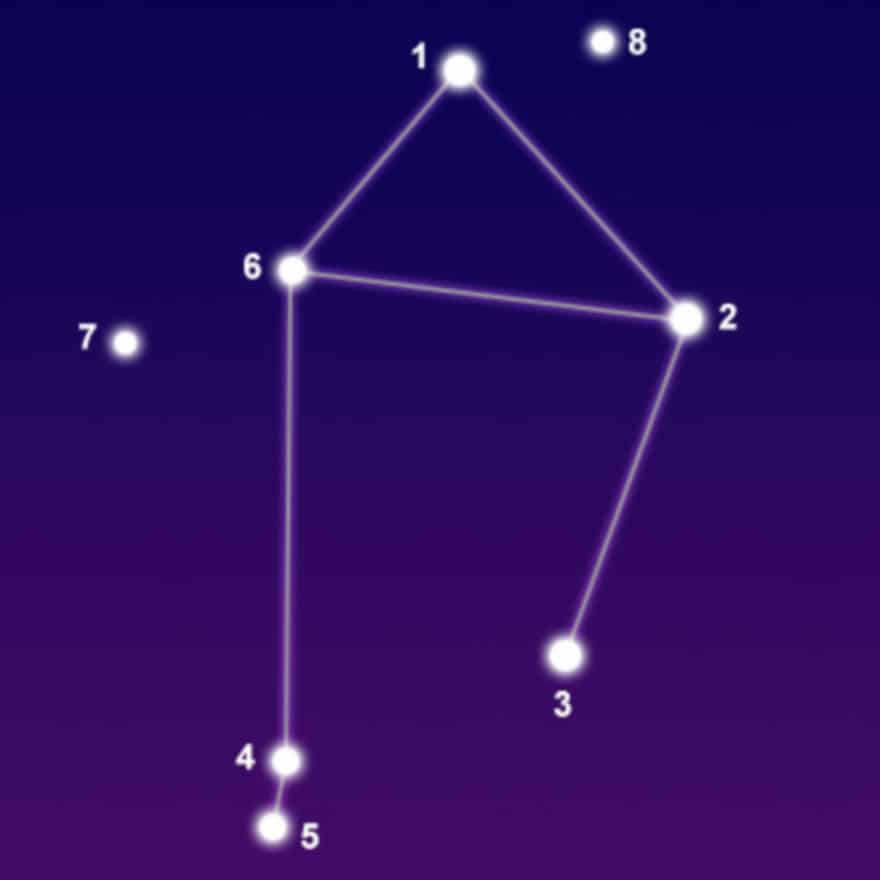
Facts, Position, and Map
The constellation Libra is the 29th largest constellation in size, covering an area of 538 square degrees. It is located in the third quadrant of the southern hemisphere (SQ3) and can be found at latitudes ranging from +65° to -90°. Libra shares its borders with the constellations Centaurus, Scorpius, Virgo, Snake, Wolf, Serpent, Serpentor, and Hydra.
Within the Libra constellation, there are three stars known to have planets, but no Messier objects. The brightest star in Libra is Beta Libra, which has an apparent visual magnitude of 2.61. Additionally, there is a meteor stream called the May Lybrids associated with this constellation. Libra is part of the zodiacal group, which also includes Aries, Taurus, Gemini, Cancer, Leo, Virgo, Scorpio, Sagittarius, Capricorn, Aquarius, and Pisces. Take a look at the photo to see the extent of the Libra constellation’s area.
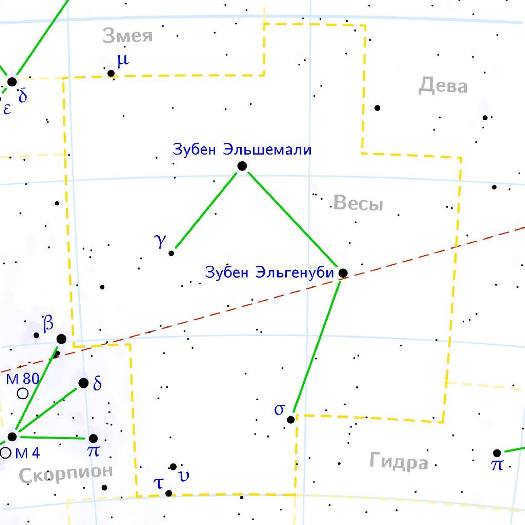
Legend
In ancient Greece, this part of the sky was known as “Chelae” – meaning “claws” and was believed to be part of Scorpius, specifically its claws. The connection with Libra began as early as the 1st century BC with the Romans. It is said to have occurred during the founding of Rome when the Moon entered Libra. As a result, the constellation was esteemed and seen as the moment of balance between seasons, when day and night were equal in length. This is because the Sun remained in Libra during the autumnal equinox until 729, after which it shifted to Virgo. In the year 2439, it will move to Leo.
However, the observation of equinoxes predates the Romans. In Babylon, a thousand years before Christ, this celestial phenomenon was referred to as ZIB.BA.AN.NA – the “celestial balance.” Subsequently, the association with the claws was forgotten and Libra became linked to the goddess of Justice, Daika (Astrea), who is represented by the Virgin.
Nevertheless, the connection with Scorpio persisted. This is evidenced by the presence of the first brightest star in the constellation, Beta Libra, which translates from Arabic as the “southern claw.”
The primary celestial bodies
Beta Librae is a dwarf star of blue-white color (B8 V) with a visual magnitude of 2.61 (the foremost luminous in the constellation) and an estimated distance of 185 light-years. It has a rapid rotation speed of 250 km/s, a radius 4.9 times that of the Sun, and shines 130 times brighter.
This solitary star exhibits slight periodic fluctuations in brightness (0.03 magnitudes), suggesting the presence of a companion.
Alpha Librae is a complex stellar system consisting of two prominent components that form a binary star and exhibit a shared motion through space. It might be associated with the Castor group, sharing a common origin approximately 200 million years ago. This system lies in proximity to the plane of the ecliptic and may intersect with the Moon and planets. On November 10, 2052, it will be obscured by the planet Mercury. It ranks as the second most brilliant object in the constellation.
Alpha-1 Libra is composed of two parts, with a visible brightness of 5.153 and a distance of 74.9 light-years. It is a duo system (F4) that can be observed through spectroscopy, and it has a rotational period of 5870 days. The two objects that form this system are separated by 0.383 arc seconds, which is equivalent to 10 astronomical units.
Alpha-2 of Libra is another duo system (A3) with a visible brightness of 2.741. It is located at a distance of 75.8 light-years from Alpha-1 and separated by a distance of 5,400 astronomical units.
KU Libra, also known as the star Kiffa Australis, is another potential component of this system. It is located at a distance of 2.6 degrees from the other stars and is traveling in the same direction. It is close enough to have a gravitational connection with the other stars in the system.
The names “Zuben Elgenubi” and “Kiffa Australis” have their origins in Arabic and Latin, respectively. “Zuben Elgenubi” translates to “southern claw” in Arabic, while “Kiffa Australis” translates to “southern bowl” in Latin.
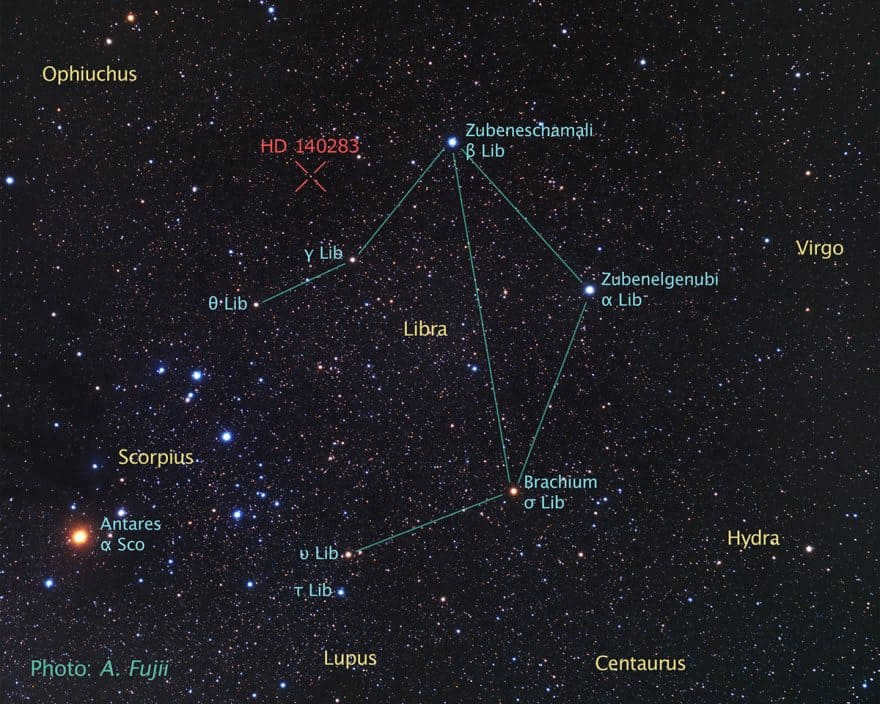
The stars in the constellation of Libra and the position of HD 140283 are of interest.
Sigma Libra, also known as Brachium, is a red giant star with a magnitude of 3.29 and a distance of 288 light-years. It is categorized as a semi-regular variable star, with a pulsation period of 20 days. Observers can notice small fluctuations in its magnitude, ranging from 0.10 to 0.15, for about 15-20 minutes every 2.5-3 hours.
Although Brachium is located far from the border with Scorpius, it was previously associated with that constellation. Its current designation was officially assigned on July 31, 1930. The name Brachium is derived from Latin and means “hand/paw”. It is also sometimes referred to as Cornu, which means “insect antennae”, and Zuben-Hakrabi, which means “claw”.
Methuselah (HD 140283) is a subgiant and the most ancient celestial body in the vast expanse of the Universe, formed in the immediate aftermath of the colossal event known as the Big Bang. Its visual brightness registers at an impressive magnitude of 7.223, while its immense distance from Earth spans across 190.1 light-years. Rich in hydrogen and helium, this stellar entity boasts only trace amounts of metals, with its iron content measuring less than 1%. With an astonishing age of 14.46 billion years, Methuselah predates the birth of our universe by a staggering 13.77 billion years. These estimations, although not precisely calculated, offer a fascinating glimpse into the astonishing longevity of this celestial marvel.
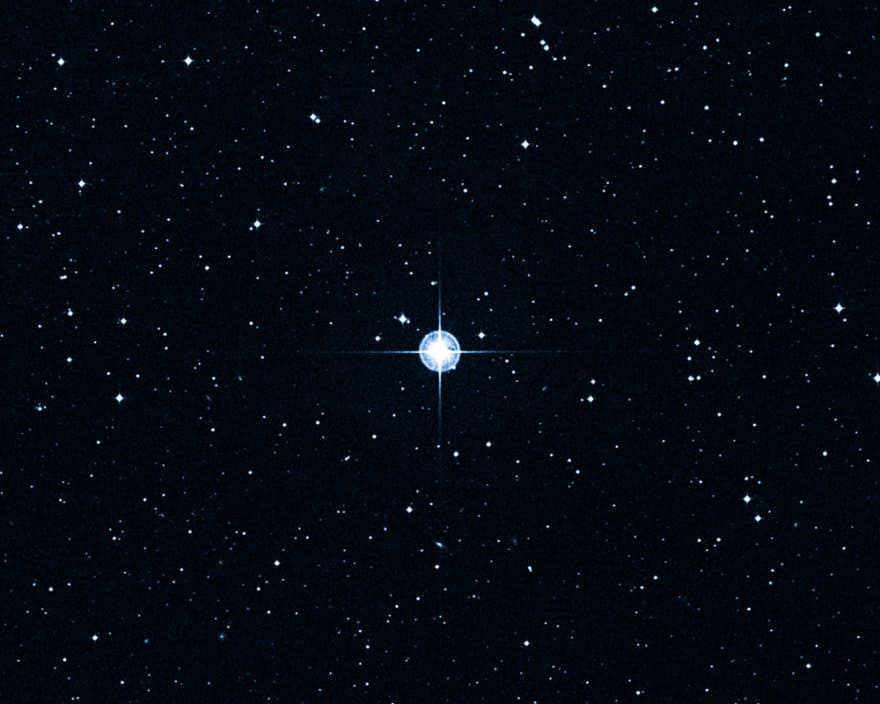

Hubble has successfully estimated that the star HD 140283 is approximately 14.5 billion years old (+/- 800 million). The star is currently moving at a high speed through the nearby stellar community. Its orbit takes it across the plane of our galaxy from a galactic halo populated by ancient stars. The Schmidt telescope has photographed it in blue light.
Ipsilon Libra is a giant star that shines orange (K3III) and is part of a system with multiple stars. It has a visual magnitude of 3.60 and is located about 195 light-years away.
Tau Libra, on the other hand, is a dwarf star that appears blue-white (B2.5V). It has a visual magnitude of 3.66 and is much farther away, about 445 light-years. This star is about 3.2 times the size of our own sun.
Gamma Libra is another orange giant star (K0 III) with a visual magnitude of 3.91. It is located about 152 light-years away and has a mass of about 2.15 times that of the sun. This star is also 71 times brighter than the sun. The name “Zuben el Aqrab” comes from Arabic and means “scorpion’s claw”.
Finally, there is Theta Libra, another orange giant star (K0 III). It has a visual magnitude of 4.136 and is located about 163 light-years away. This star has a mass that is about 84% greater than that of the sun and is 35 times brighter.
Iota Libra is a star system (B9IVpSi) with a visible brightness of 4.54. It consists of two stars: Iota-1, a subgiant (B9) and a dwarf star located 377 light-years away, and Iota-2, a dwarf (A3) located 240 light-years from our Sun.
Iota-1 and Iota-2 orbit around each other with a period of 23.469 years and are separated by 0.13 arc seconds. Together, they have a combined mass of 6.05 times that of our Sun and are 149 and 94 times larger in size. Additionally, there are two other dwarf stars (G) in this system with magnitudes of 10 and 11.
Libra Delta is a blue-white star (B9.5V) on the main sequence, with a visible brightness of 4.43 and a distance of 300 light-years. It is an eclipsing variable star, with a period of 2.3272 days, and its luminosity ranges from 4.43 to 5.81 magnitudes.
48 Libra is a blue supergiant star (B8Ia/Iab) with an apparent visual magnitude of 4.94 and a distance of 515 light-years. It has a mass of 5.8 times that of the sun, a radius 3.3 times larger than the sun, and is 965 times brighter. Additionally, it has an exceptionally high rotational velocity of 400 km/s.
Due to its rapid rotation, 48 Libra exhibits irregular variations in brightness, causing the ejection of gas from its equator and the formation of a gaseous disk around its equatorial region.
Gliese 581 is a red dwarf star (M3V) with an apparent magnitude ranging from 10.56 to 10.58 and a distance of 20.3 light-years. It is the 89th closest star to our solar system and has a mass equal to one-third of the sun and a visual luminosity of only 0.2%. It is situated 2 degrees north of Beta Libra.
Gliese 581 is a variable star of the BY Dragon type, which means it is a main sequence star of either class K or M with variations in luminosity caused by rotation and the presence of starspots. This star system is known to have 3-6 planets, with the first one being discovered in April 2007. However, Gliese 581 c is located too close to its star and may have a similar environment to Venus. On the other hand, Gliese 581 d is located in the habitable zone or possibly beyond it. The least massive planet in this system is Gliese 581 e, which was found in April 2009.
In September 2010, scientists spotted another planet in the Gliese 581 system. If its existence is confirmed, it could be the most suitable for liquid water as it is located right in the middle of the habitable zone. Additionally, in November 2012, the European Space Agency made a discovery of a comet belt in the Gliese 581 system that contains 10 times more comets than our own solar system.
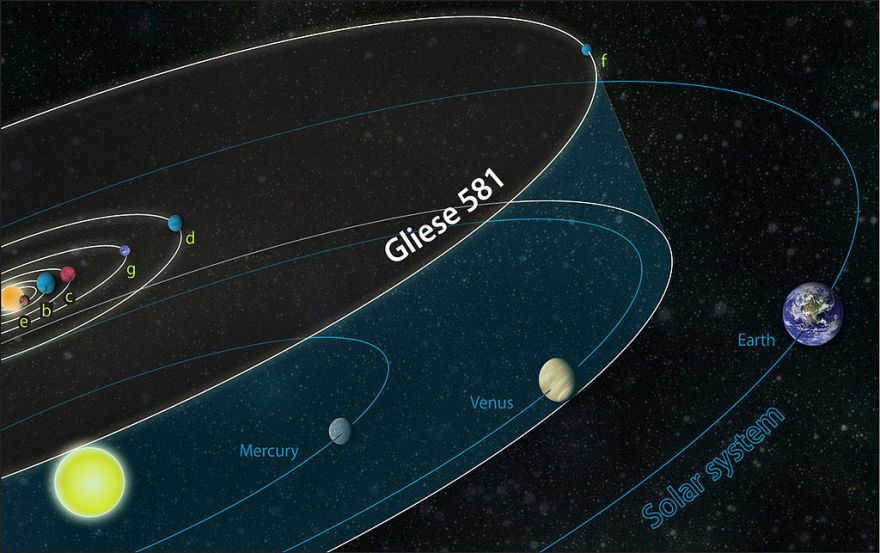

A comparison of the planetary orbits in the Gliese 581 system reveals that the farthest planet is situated closer to its star than Earth is to the Sun. Additionally, there is speculation that the 4th planet (G) has the potential to sustain life.
23 Libra is classified as a yellow dwarf star (G5 V) and has an apparent visual magnitude of 6.45. Located at a distance of 85 light-years, this star is home to two planets discovered in 1999 and 2009. Notably, 23 Libra is significantly older than our Sun, estimated to be between 8.4 and 11.1 billion years old. It has a mass that is 107% that of the Sun and a radius that is 125% of the Sun’s.
HD 141937 is a yellow dwarf (G2/G3 V) with a planet in its orbit, which is represented by a gas giant that was discovered in 2001. This star has a mass similar to that of the Sun and a radius that is 1.06 times larger than the Sun’s. Its visual magnitude is 7.25, and it is located 109 light-years away.
Gliese 570 is a star system that consists of at least three stars, and it is located 19 light-years away from us. This system can be found in the southwestern part of the constellation, specifically to the southwest of Alpha Libra and to the northwest of Sigma Libra.
The primary star in this system is an orange dwarf (K4V) with a visual magnitude of 6.79. It is smaller and less massive than the Sun, with only 15.6% of its brightness. Additionally, this star is known for emitting X-ray radiation.
The binary star system consists of a pair of red dwarfs (M1V and M3V) orbiting each other and emitting X-ray radiation. In January 2001, a brown dwarf (T7V) was discovered within the system. This particular brown dwarf was deemed one of the coldest, with a mass approximately 50 times that of Jupiter.
NGC 5792 is a spiral galaxy that possesses a confluence. Situated at a distance of 83 million light-years away, it exhibits an apparent visual magnitude of 12.1.
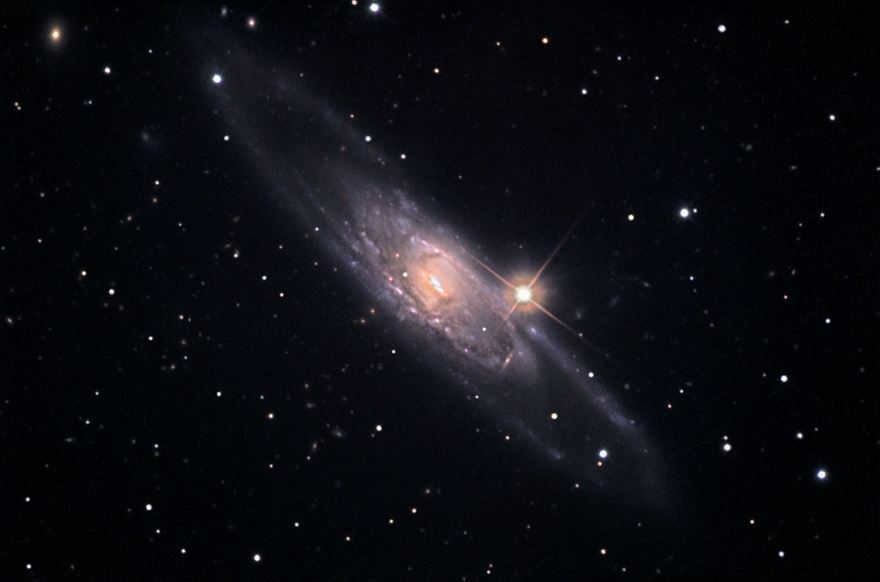

Discovered in April 1785 by Ormond Stone, NGC 5890 is a lenticular galaxy that does not have a connection and has an apparent visual magnitude of 14.
NGC 5897, on the other hand, is a relatively large globular cluster that is located 40,000 light-years away and has a total magnitude of 9.
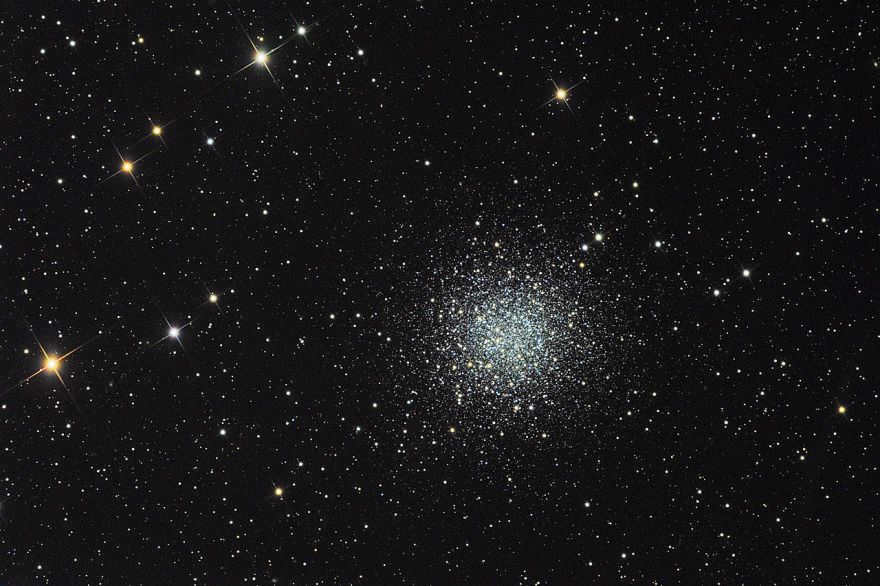
NGC 5885 is a spiral galaxy located at the intersection of the constellations. It has a visual magnitude of 11.8 and was first observed by William Herschel on May 9, 1784.
If you want to explore the Libra zodiac constellation in more detail, you can take advantage of our online 3D models and telescope. You can also use a static or interactive star map to aid in your own observations.
In ancient times, Libra was actually considered part of the Scorpius constellation. Astronomers referred to this group of stars as “claws”. However, they were eventually separated around the 3rd century BC. Libra, or Libra in Latin, became the final constellation in the Zodiac and the only non-living subject. Discover more fascinating facts about Libra in our article.
The constellation Libra is situated in the southern hemisphere and occupies the 3rd quadrant on the celestial sphere, covering an area of 538 sq. gr. Its size allows it to hold a strong penultimate position among the top 30 constellations in the sky.
Excluding Scorpio, Libra’s neighboring constellations include:
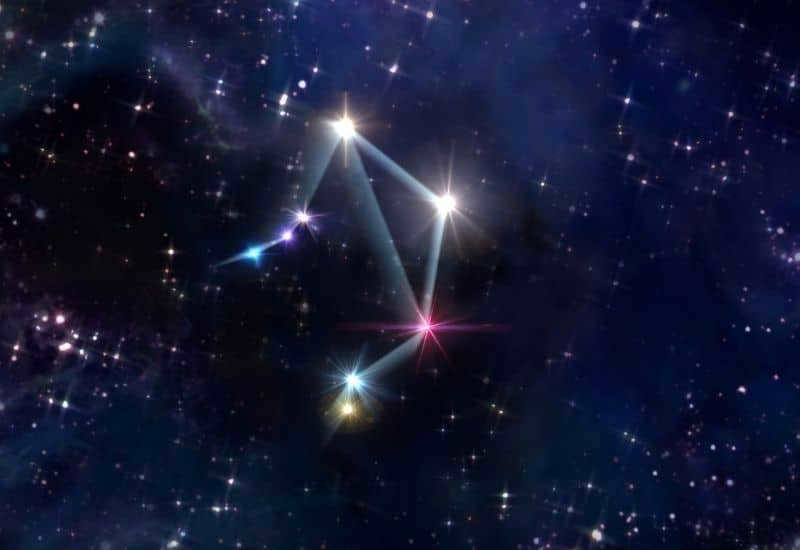

- Hydra;
- the serpent’s head;
- the Centauri angle;
- Wolf;
- the Virgo and Serpentor zodiacal signs.
Scientists have tallied a grand total of 83 stars in the constellation, however, only 6 of them have achieved a magnitude of 3 stars. These six stars are the ones that compose the foundation of Libra, arranged in the shape of a distinct rectangle in the celestial sphere. One of the stars that is not directly included in the group of six primary stars is Methuselah. Currently, it is regarded as the most ancient star in our entire universe.
The constellation Libra in the starry sky
During the period from the 3rd to the 1st century BC, astronomers were deliberating on how to incorporate the detached portion of Scorpius into their maps. Initially, it was labeled as an “altar” and later as a “lamp”. However, even after being renamed as Libra, the distinct points on the constellation chart were still referred to as “claws” out of ancient tradition.
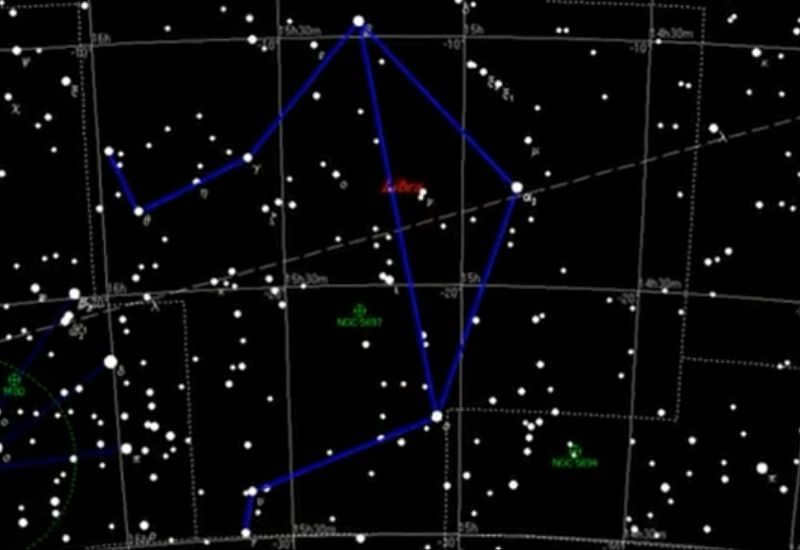
How to observe the Libra constellation in the night sky?
Although the Libra constellation is relatively small and lacks bright stars, it can still be easily seen in the night sky from various locations around the world. It is particularly visible in latitudes ranging from +61° to -90°. However, in the Arctic North, it may be obscured by sunlight, while in the far south, it may be hidden below the horizon.
In the former Soviet Union, the best time to observe the Libra constellation is during the months of April and May, around midnight. It is not necessary to use binoculars or a telescope for this observation. Simply look for the distinct star pattern positioned low above the horizon.
Discovering Libra is quite simple. Start by locating Polaris, as well as the adjacent Big Dipper constellation. Trace the curved handle downwards to the prominent star Arcturus in the neighboring Boötes constellation. Then, direct your gaze downward to Virgo. You’ll find the Libra constellation nearby, not too far from the brilliant star Spica.
The most brilliant stars in the Libra constellation
Thanks to the cleverness of their forefathers, Scorpius had up to 3 pincers. Their designation is conserved in the Arabic explanation of the most dazzling stars in the Libra constellation. However, there is more to discover when examining the stellar configuration.
Zuben El Shemali or β, the Brilliant Star of the Libra Constellation
With a magnitude of 2.6, the star Zuben El Shemali stands out as the brightest in its constellation. This blue-white dwarf is located 167 light-years away from our solar system. Remarkably, for an extended period, it was the sole star that could be seen from Earth with the naked eye, emitting a distinct green hue.
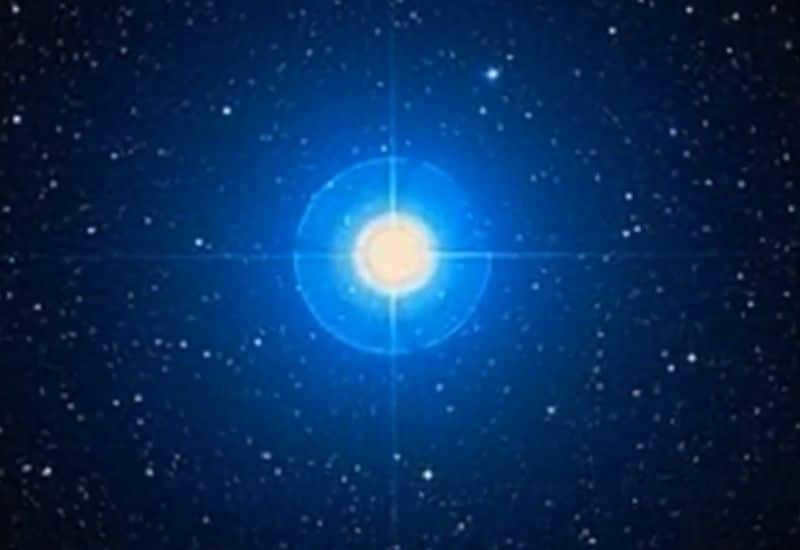
Zuben El Genoubi, also known as α of Libra
This celestial body is the second most luminous, yet it stands out due to its unique nature as a binary star system, consisting of a vibrant blue star and a yellow dwarf companion, with magnitudes of 2.75 and 5.15, correspondingly.
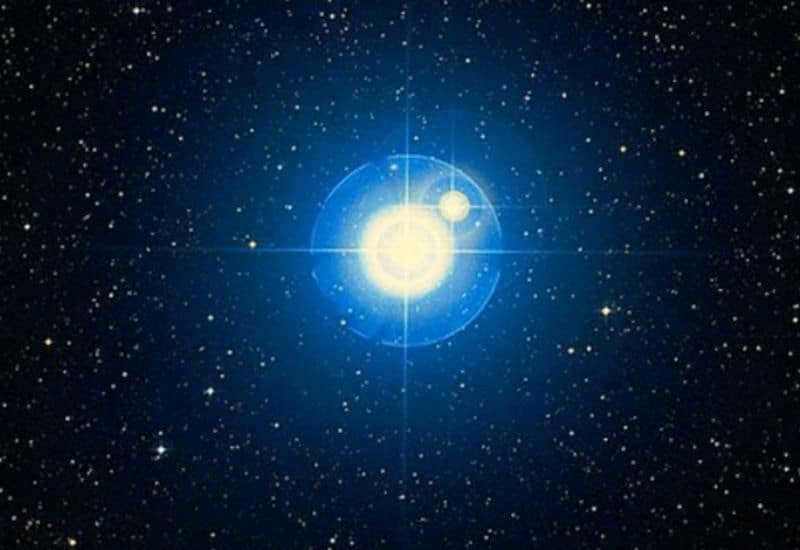
The star Zuben El Aqrab or σ of Libra
There is another multiple system located in the constellation of Libra, which is composed of a white star and an orange subgiant. This system is known as an eclipsing variable due to its visual magnitude that changes from 6.0 to 4.8. The variability is caused by the presence of a third object that orbits around these stars.
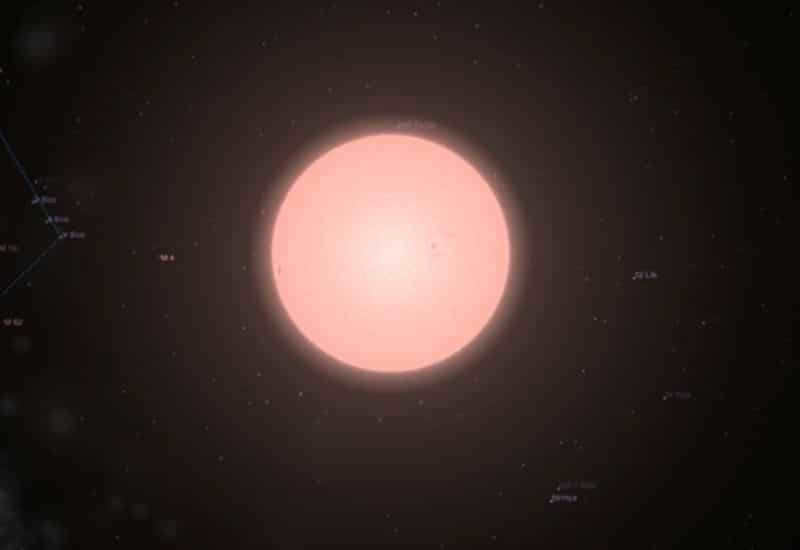
Meet the star Methuselah, also known as HD 140283.
This particular star, with a magnitude of 7.22, is of great interest due to its status as the oldest star in the entire Universe. According to calculations made by the Hubble telescope, Methuselah is believed to be approximately 14.46 billion years old, with a margin of error of 0.8 billion years. Interestingly, this age exceeds the estimated age of the Universe itself, which is currently believed to be 13.77 billion years.
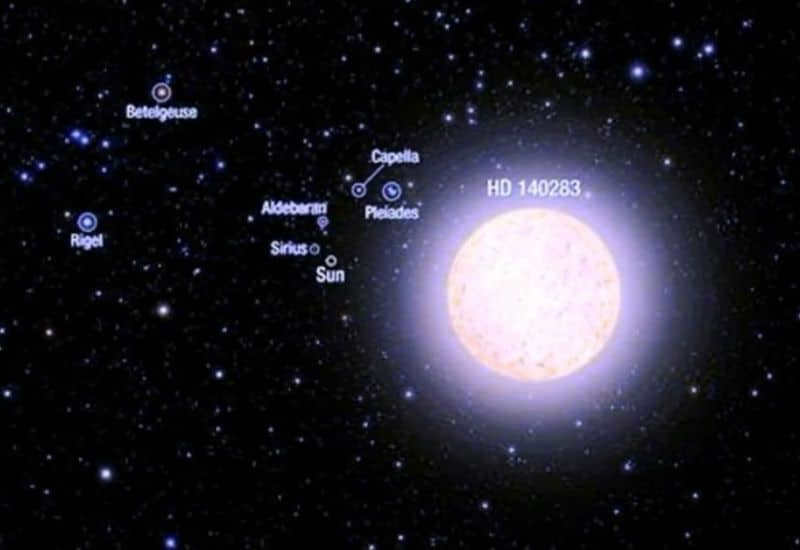
Gliese 581: A Fascinating Star
When compared to the other stars in the Libra constellation, the red dwarf Gliese 581 may not appear particularly remarkable. However, what sets it apart is its proximity to the Sun, being only 20 light years away. Even more intriguing is the fact that this star has planets in its orbit that could potentially sustain life. In fact, over the past 60 years, there have been four documented instances of contact being made with these planets.
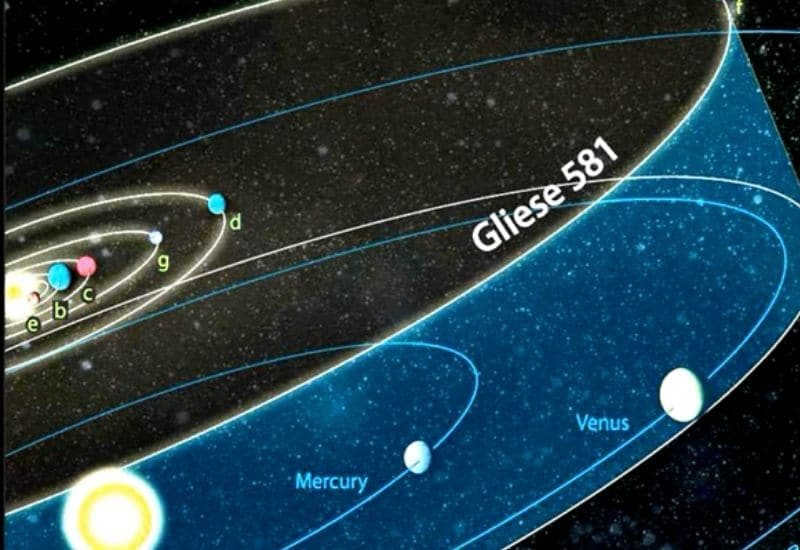
Deep space objects in the Libra constellation.
In addition to the bright stars, the Libra constellation is home to a multitude of fascinating objects. One noteworthy example is the May Librids meteor shower, which is incredibly elusive. It can only be observed during its peak, which occurs between May 1 and May 9. As a result, only a select few astronomers around the world have had the privilege of witnessing this celestial event.
However, if you’re seeking captivating sights that are accessible to amateur astronomers without expensive equipment, there are several galaxies within the Libra constellation that are relatively easy to observe through a telescope.
NGC 5792: A Celestial Marvel
Situated a staggering 70 million light-years from Earth, the mesmerizing spiral galaxy NGC 5792 stands out in the vastness of the cosmos. This celestial wonder, found within the boundaries of the Libra constellation, bears an uncanny resemblance to the illustrious Andromeda M31, captivating both professional and amateur astronomers alike.
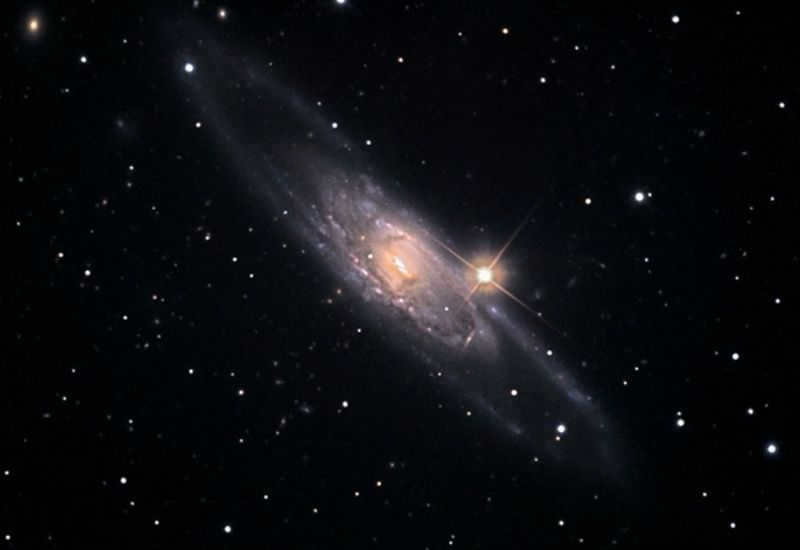
Galaxy NGC 5890
Discovered by Ormond Stone in the 18th century, the lenticular galaxy is not easily observable without the aid of a powerful telescope. It will only appear as a faint smudge in the sky.
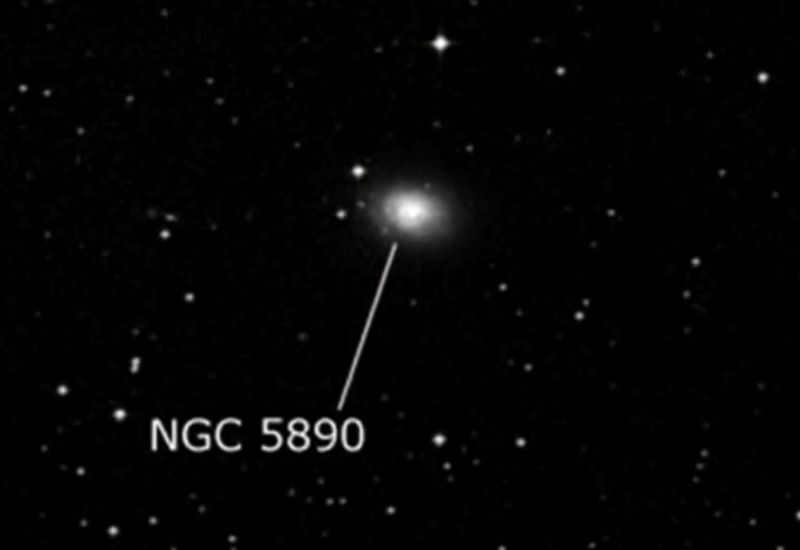
NGC 5897 – A Stellar Cluster
NGC 5897 is a globular cluster that orbits the Milky Way galaxy, situated at a distance of approximately 40,000 light years from Earth. Despite its remote location, it is still possible to observe this spherical collection of stars, albeit with some difficulty, using astronomical binoculars.
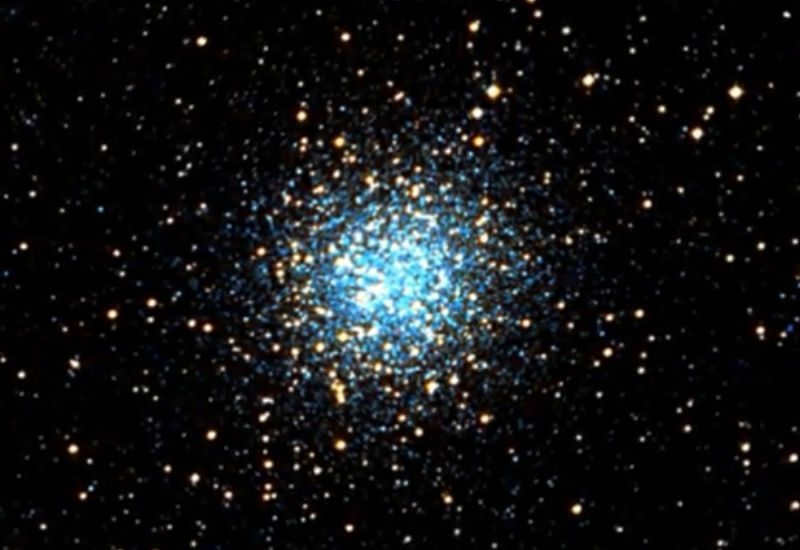
Mythical Story Connected with the Libra Constellation
The fable behind this celestial pattern is intertwined with the Greek goddess Dike. She happens to be the daughter of Zeus and Themis. In accordance with the myth about the Libra constellation, the goddess was blindfolded in order to impartially judge humans and report all transgressions to her father. The supreme deity of the Greek pantheon decided to elevate her to the heavens so that, by gazing at Dike, people would always be reminded of Zeus’ judgment.

If you happen to spot the constellation Libra in the celestial sphere, you may proudly consider yourself an aficionado of the celestial chart. It may not be the most luminous or visually striking constellation, but it certainly merits careful observation. Oh, the multitude of enigmas its stars harbor!
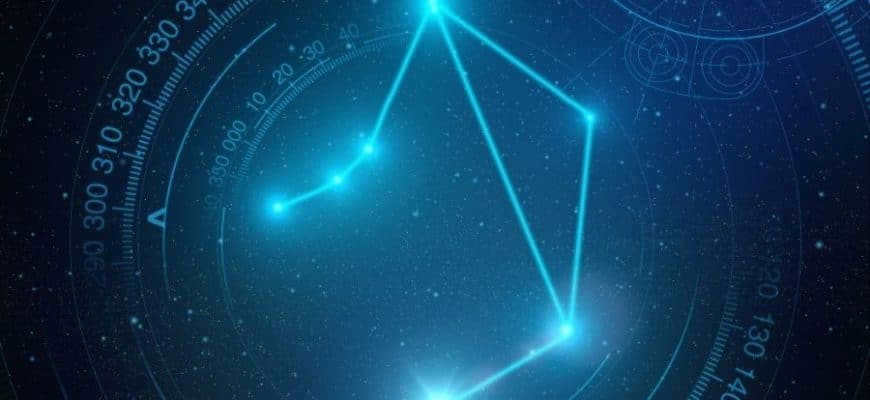
Within the Libra constellation, there exist incredibly ancient celestial bodies and entities that will continue to exist long after most other stars have faded away. Additionally, this constellation is home to a super-Jupiter and a super-Earth, which may potentially be inhabited by other intelligent beings.
The Libra constellation contains numerous fascinating phenomena. Let us delve into its enigmas and secrets!
What makes Libra unique among the zodiac constellations?
The constellation Libra falls under the category of zodiac constellations, which are named after creatures in Greek mythology. This raises the question: why is Libra included in this group, considering it is the only constellation named after an inanimate object?
The zodiac constellations consist of thirteen celestial figures that form the Zodiac, a belt on the celestial sphere that follows the ecliptic. This serves as the celestial “path” through which the Sun, Moon, and planets appear to travel from the perspective of Earth. In astrology, the number of zodiac figures is typically reduced to twelve, unlike in astronomy.
What is the reason behind the presence of claws in the constellation?
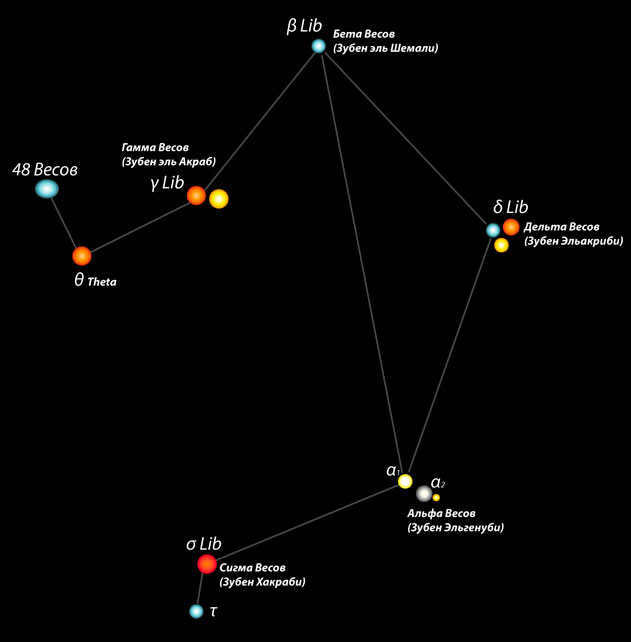
Now, you might be wondering why the brightest stars in this constellation are referred to as “claws”:
- Alpha Libra is known as the Southern Claw;
- Beta Libra – is the “northern claw” (Zuben el Shemali);
- Gamma Libra – is simply the “Scorpion’s Claw” (Zuben el Aqrab).
This group of stars forms what is commonly referred to as the “box of scales” with the “bowls” and appears as a triangle in the night sky.
The rectangle shape is responsible for the distinct appearance of the constellation. It consists of four stars – Beta, Gamma, Delta, and Sigma of Libra.
A multiple star system refers to a group of three or more stars that appear close to each other when observed from Earth. However, in reality, these stars may be separated by vast distances, sometimes spanning thousands of light years.
In essence, the image of Libra is formed by the five brightest stars in the constellation. Additionally, there are 83 visible naked-eye stars and other notable celestial objects, including two spiral galaxies, a lenticular galaxy, a globular cluster, and the mesmerizing May Librids meteor shower.
The enigma surrounding Alpha Librae
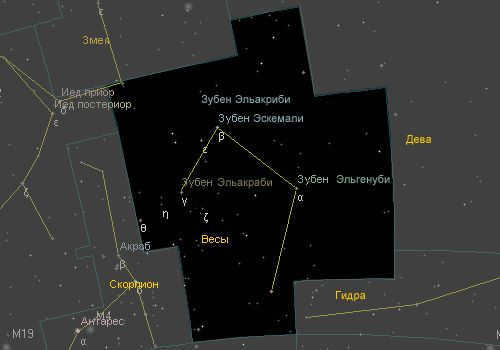
The star system known as Libra has a fascinating configuration… or perhaps it is not a system at all, but rather an optical illusion.
We are referring to the multiple star system Alpha Libra, which consists of three stars that may or may not be gravitationally linked. Astronomers have yet to determine the answer to this question.
The Alpha Libra multiple system features a hot blue star (α2) and its yellow companion (α2), which is a binary star. Alpha-1 and Alpha-2 exhibit similar movements, as is typical of gravitational coupling. However, the distance between them is a staggering 5,500 astronomical units!
An astronomical unit is a unit of measurement used to estimate distances within star systems. It is equivalent to the distance between the Earth and the Sun (approximately 150 million kilometers). 5,500 astronomical units is an immense distance, surpassing the distance from the Sun to Pluto by a factor of 140!
That’s why astronomers are uncertain about the physical connection between α2 and α2 in the Libra constellation. If there is indeed a connection, then the orbital period of the companion star around Alpha-1 would be… 200,000 years.
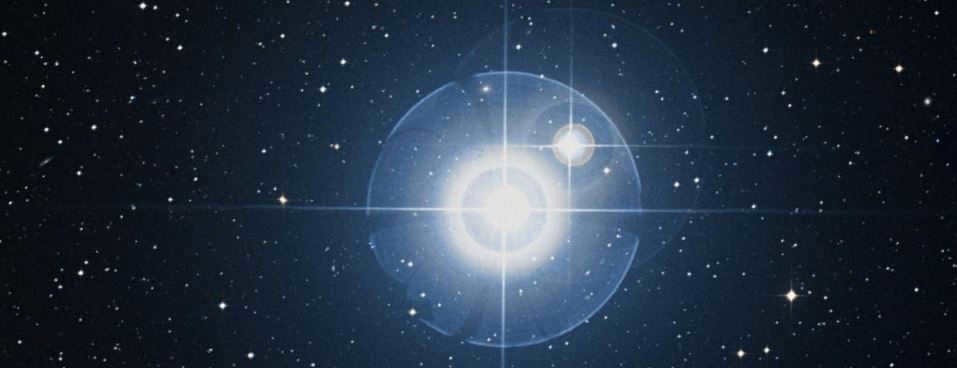
If these stars have planets, then for an inhabitant of Alpha-1, the second sun appears as a remarkably bright star, shining 100 times brighter than Venus appears to an observer on Earth. And for an inhabitant of Alpha 2, the second sun resembles our moon.
But that’s not all. As Alpha 2 is a binary star, these beings dwell under three suns. However, the α2 luminaries are separated by a very small distance of just a few tenths of an astronomical unit. This is approximately the same distance as that between our Sun and Mercury. In other words, the two stars barely touch each other with prominences.
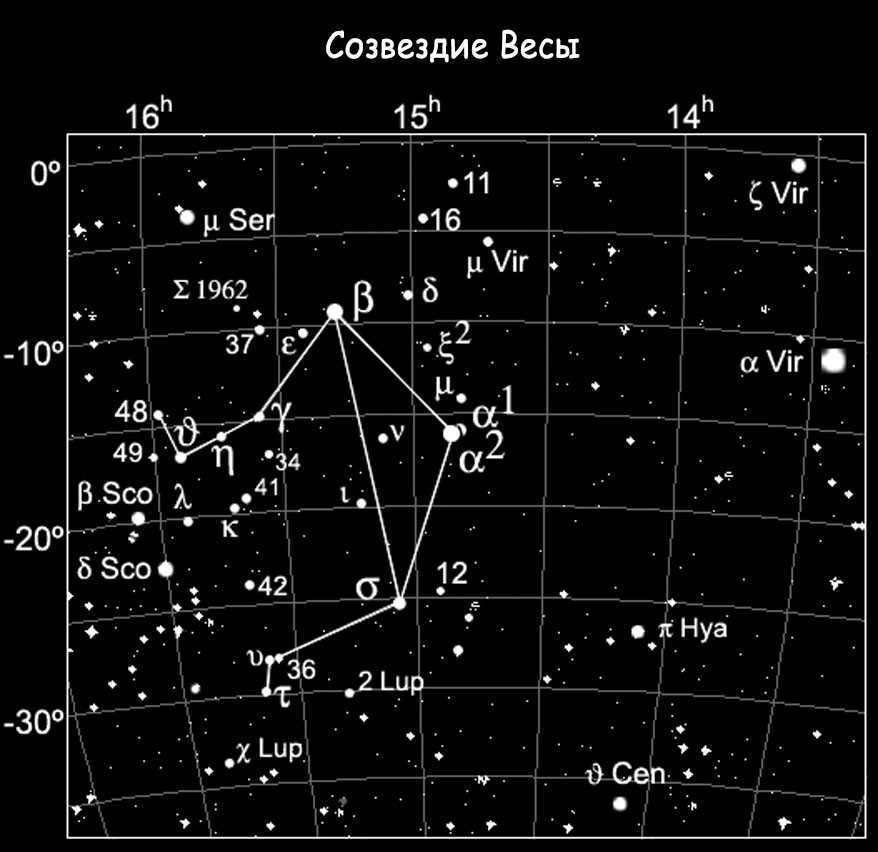
However, if there are any inhabitants in the Libra system’s Alpha-1, they reside under the presence of a blue sun, and the twin star Alpha-2 appears to them as a single, incredibly bright celestial body.
From a distance of 5,5000 AU, it becomes nearly impossible to differentiate between the two stellar entities in the α2 system that embrace each other in close proximity, even when observed with the naked eye.
In regards to α2, there is a definite gravitational connection between the stars. However, the existence of such a connection between α1 and α2 remains unconfirmed, yet unrefuted. It is plausible that these stars exhibit similar movement patterns due to reasons other than gravitational binding.
There is a theory stating that the triple system of Alpha Centauri is part of the moving group of Castor stars. This group consists of stars that were all born at the same time, leading astronomers to believe that they originated from a single source. As a result, their motion is similar, analogous to a shotgun blast.
This group also encompasses a few other stars, totaling around six in number. However, the cohesion of the Castor group is still uncertain. It remains another enigma of the Universe that remains unsolved.
Where was the star of Methuselah originally formed?
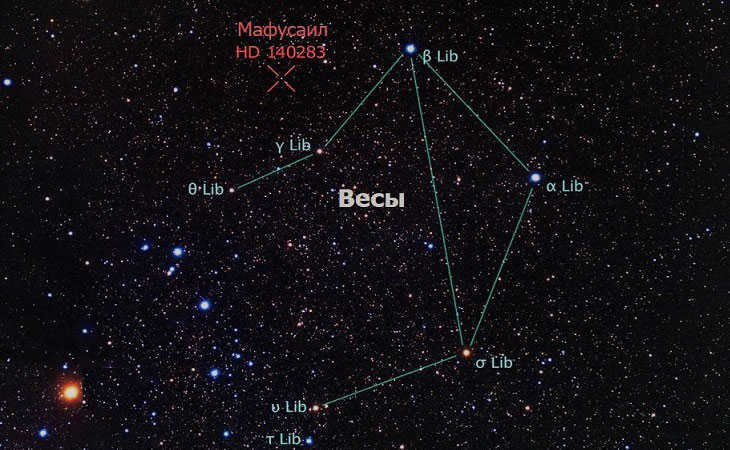
The constellation Libra is notable for the presence of two stars that are among the oldest in the entire Universe.
One of these stars, called Methuselah, is estimated to be around 13.2-13.4 billion years old. This makes it one of the earliest stars to have formed after the Big Bang, which marked the beginning of our universe.
Methuselah is a significant figure in the Old Testament, known as one of the ancestors of the human race and an ancestor of Noah who lived before the Great Flood. According to biblical accounts, Methuselah lived for an astonishing 969 years.
Today, Methuselah’s star is in the subgiant phase and is on its way to becoming a red giant. It is located approximately 190 light-years away from us, making it the oldest star in the vicinity of our solar system.
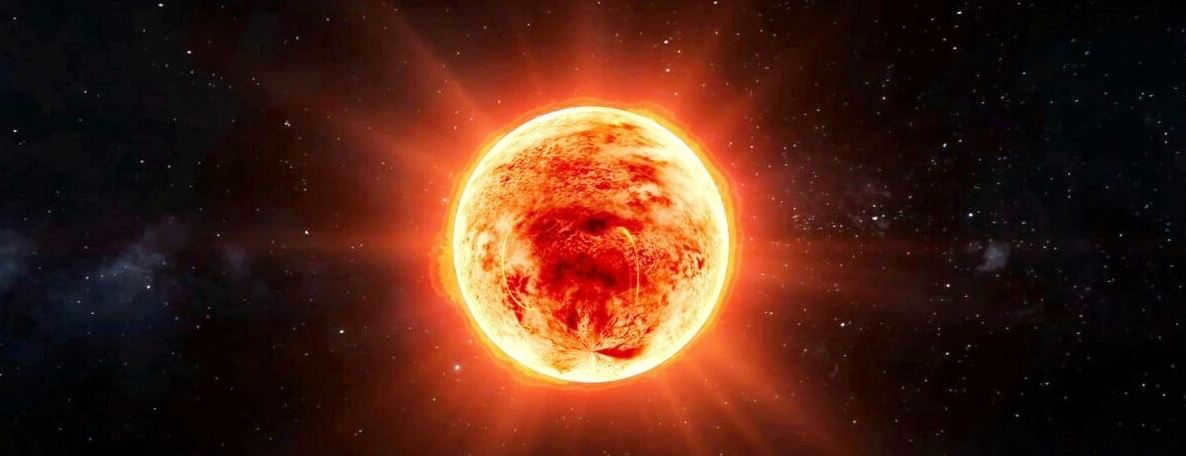
Methuselah’s star, known for its name, has taken most of the credit that should have been shared with the unidentified HE 1523-0901. Not only is it an ancient star, being 13.2 billion years old and located 7,500 light-years away, but HE 1523-0901 has also evolved into a red giant.
Is there a super-Earth in the Libra constellation where our intelligent counterparts reside?
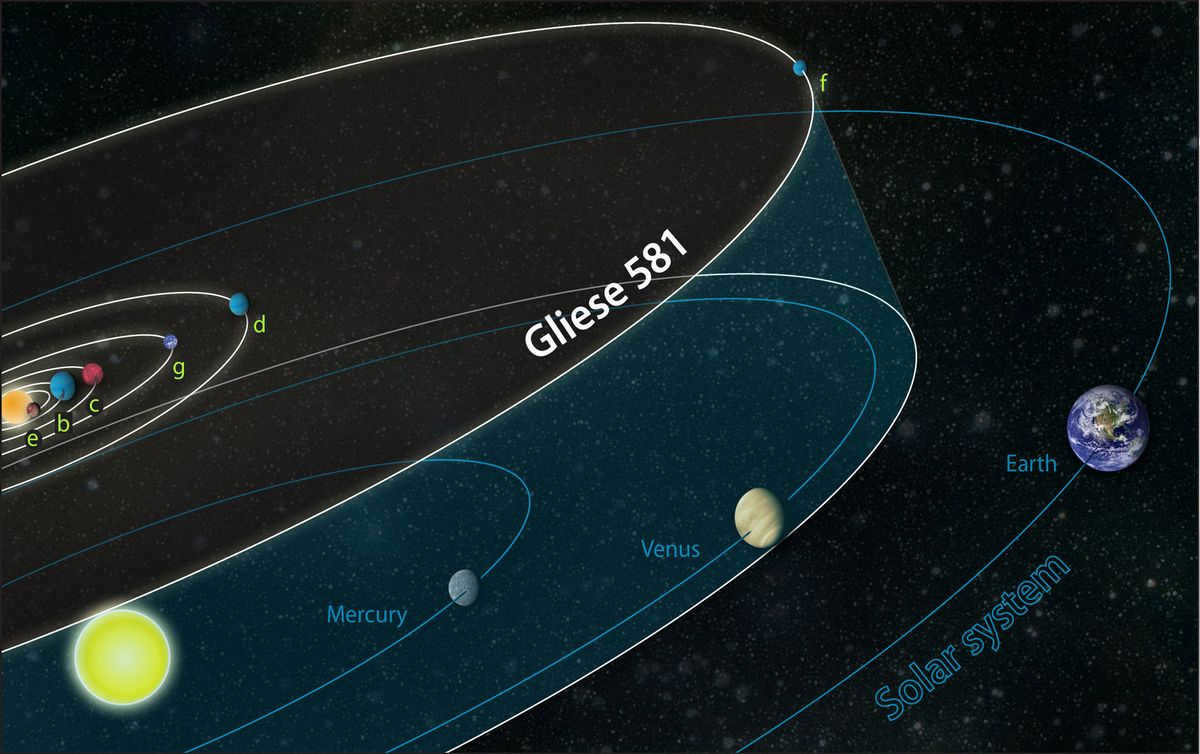
Located in the Libra constellation, the Gliese 581 solar system bears a striking resemblance to our own. It consists of six planets, with one of them residing in the habitable zone. This indicates the potential presence of liquid water and the necessary conditions for the development of protein-based life, similar to what exists on Earth. However, due to Gliese 581 being a red dwarf, it might be slightly colder.
The size of this planet surpasses that of Earth, categorizing it as a super-Earth and prompting astronomers to conduct thorough investigations. Could there be intelligent life forms inhabiting this celestial body? In fact, radio signals have already been dispatched towards a super-Earth in the Gliese 581 constellation.
Gliese 581 d, the nameless super-Earth, holds the standard designation as the fifth planet in its system. Perhaps, the intrepid astronauts who are destined to reach this celestial body will be bestowed with the moniker Gliese 581 d. Moreover, the distance between our home planet and this cosmic wonder is a mere 20.4 light years, making it relatively close by astronomical standards.
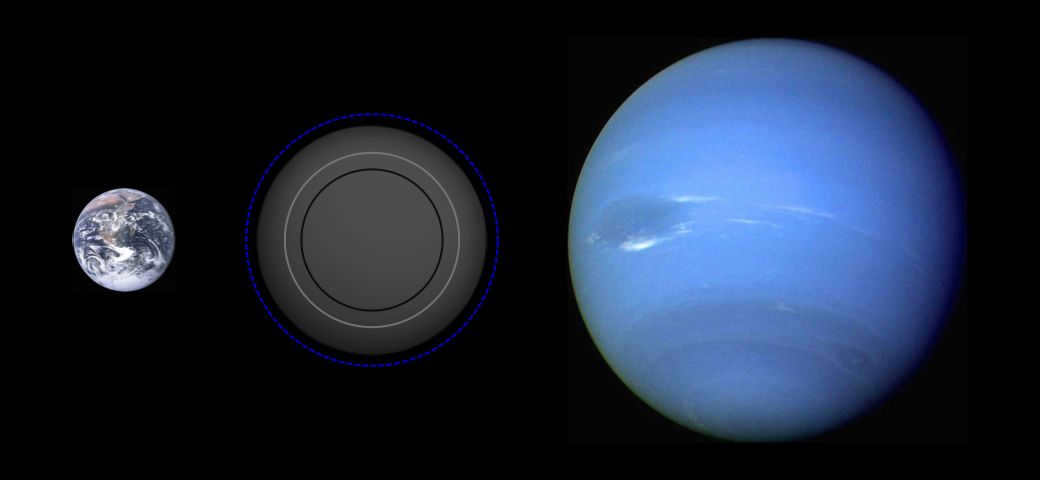
However, not all mysteries have been solved yet, and there are still some unanswered questions: certain astronomers are questioning the existence of Gliese 581 d. The exact number of planets in this star system will need to be clarified.
Additionally, exoplanets have been discovered in two other stars within the Libra constellation: the star 23 Libra (23 Lib), which is located 83.7 light-years away from us, and HD 141937YU, which is situated 109 light-years away from Earth.
What is the level of harmony between the four stars in the remarkable Gliese 570 system?
In close proximity to our Sun, merely 19 light-years away, lies a truly captivating stellar system that is certain to be among the initial targets for interstellar exploration. This system, known as Gliese 570 (Gliese 570), is composed of a quartet of stars!
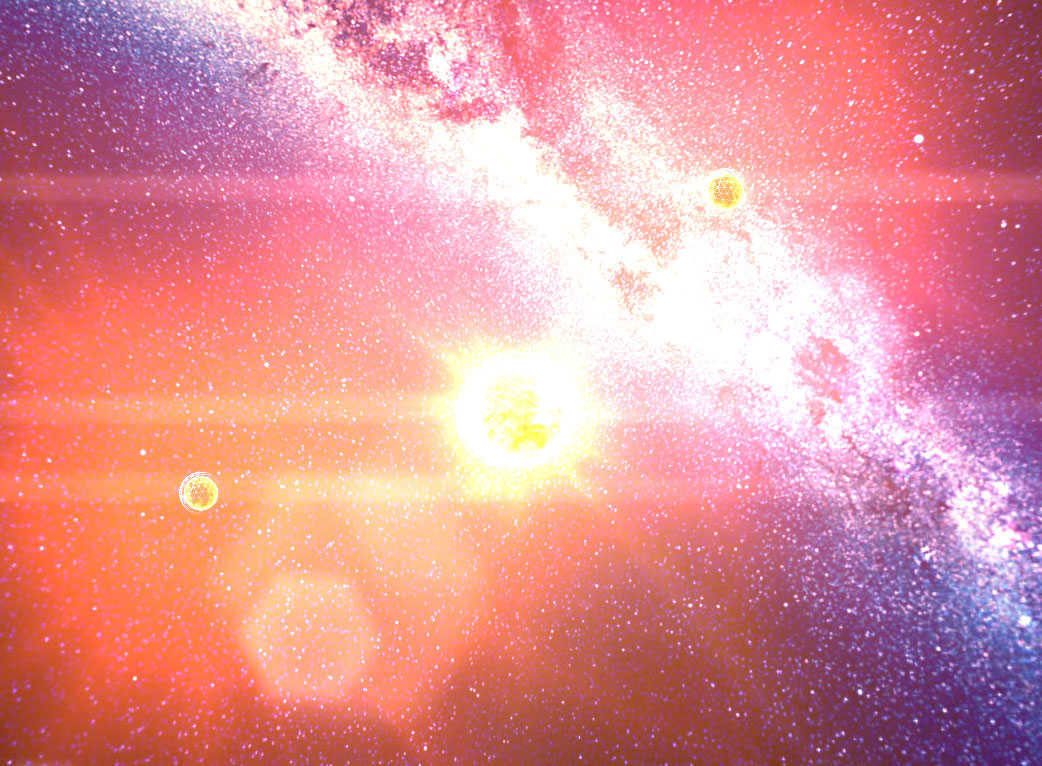
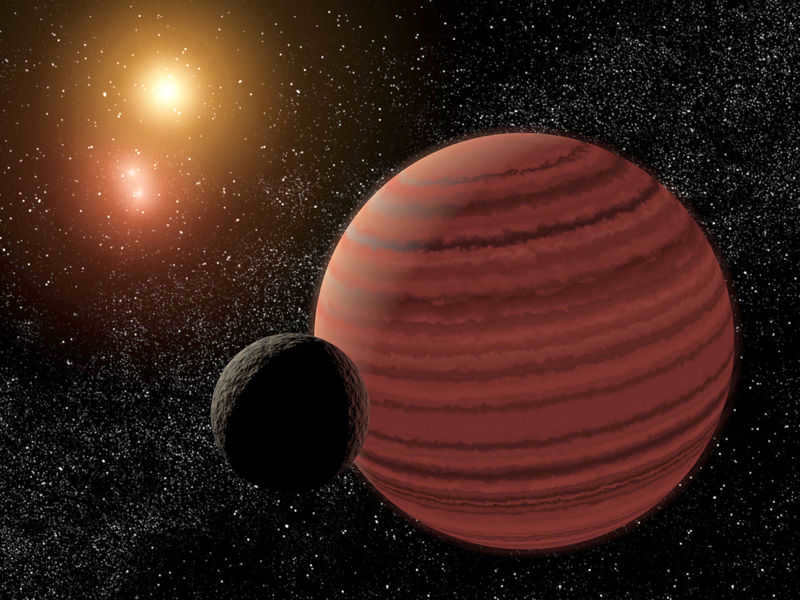
Similar to Alpha Libra, Gliese 570 is also a multiple star system. However, unlike Alpha Libra, the gravitational link between the objects in Gliese 570 is clearly evident.
This is not a visual trick: the four dwarf stars are situated in close proximity and are physically linked.
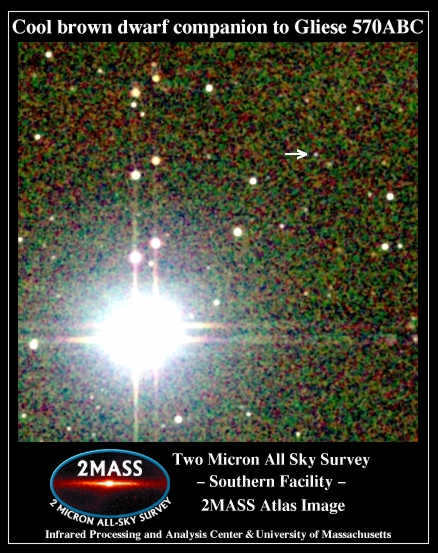
Gliese 570 consists of two red dwarfs, one orange dwarf, and one brown dwarf.
- The main component of the system, Gliese 570 A, is an orange dwarf. It is smaller in mass and diameter compared to our sun, but it shines 6 times dimmer.
- Gliese 570 B, a red dwarf, shines 3 times fainter than the Sun.
- Gliese 570 C, another red dwarf, has a very low luminosity, only 1.9% of the solar.
- The fourth celestial body in this star system, known as Gliese 570 BC b, is not technically a star but rather a unique substellar object, often referred to as a superplanet or superjupiter. Some even classify it as a “non-star”. Its immense size is evident as it is 50-70 times more massive than Jupiter. Despite its massive size, it emits very little light due to its surface temperature of only 500°C.
The arrangement of this star system is quite intricate:
- The two red dwarfs are in close proximity to each other, with a distance of only 0.79 astronomical units between them – even less than the distance from Earth to the Sun. They both orbit a shared center of mass.
- The orange luminary is situated at a much greater distance from this pair, approximately 190 astronomical units, which is farther than the distance from Pluto to the Sun.
- Lastly, the brown dwarf orbits even further away, at a distance of 1,500 astronomical units.
The members of the Gliese 570 system are incredibly ancient (the most ancient being Super Jupiter, estimated to be between 2 and 5 billion years old). The thermonuclear reactions within them occur at a slow pace, resulting in their “cool” and long-lasting nature. These dwarf objects have the potential to exist for trillions of years.
Can you fathom it? Even if most of the stars in our galaxy were to fade away and the very notion of the Libra constellation were to cease (since it is relative and based on Earth’s perspective), the Gliese 580 dwarfs would still slumber amidst the vastness of space.
The best time to observe is during the months of April and May.
It is located in the zodiac signs of Virgo and Scorpio. Other neighboring constellations include Wolf, Hydra, Centaurus, Serpentor, and the equatorial constellation of the Serpent, specifically its “head”.
The constellation Libra can be found in the sector between 180° and 210° of the ecliptic.
Its observation period is from October 31 to November 22.
In order to see this star, you will need an amateur telescope or at least binoculars, as it is not visible to the naked eye. Despite being relatively close to Earth (190 light-years away), it does not shine very brightly.

